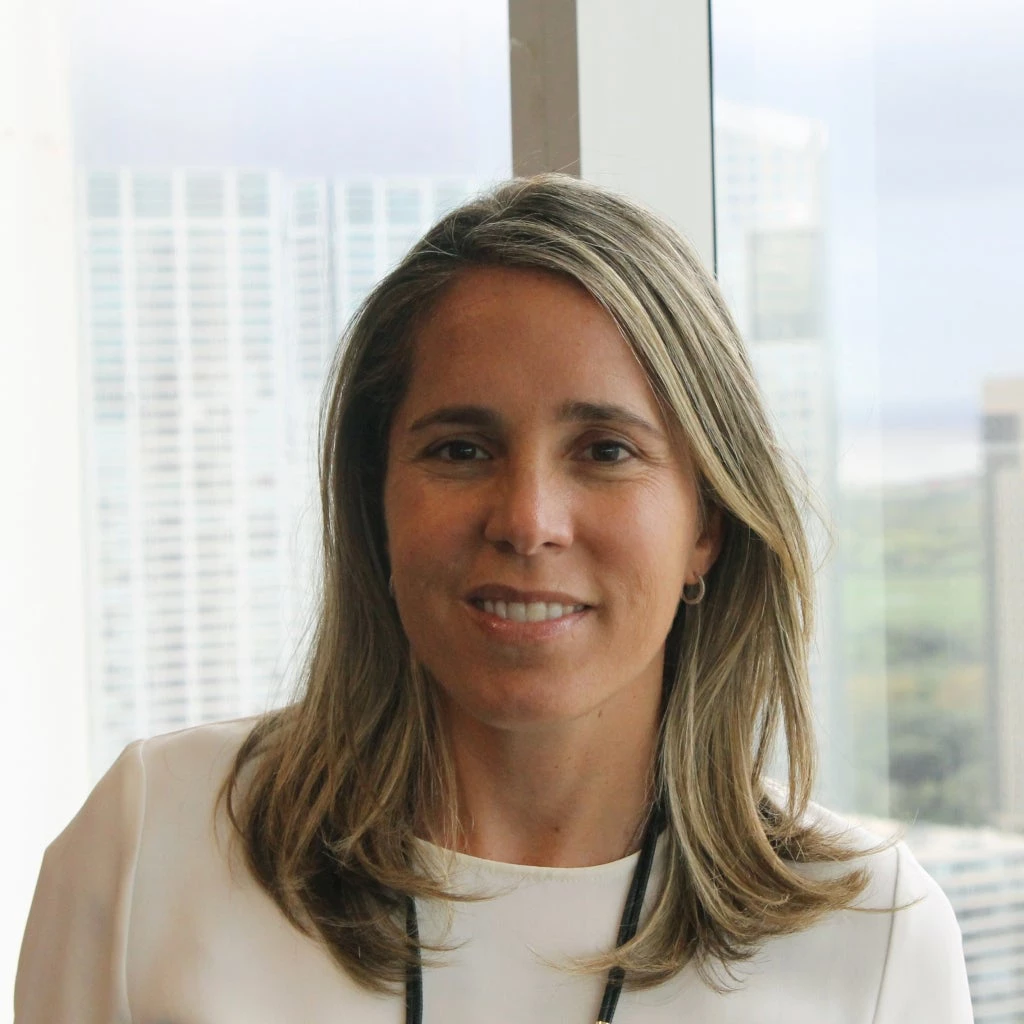 First workshop towards the establishment of a Road Safety Observatory in Asia-Pacific, Singapore, March 20-21, 2019
First workshop towards the establishment of a Road Safety Observatory in Asia-Pacific, Singapore, March 20-21, 2019
The COVID-19 crisis has forced us to reflect on the brutal effects that pandemics and epidemics can have on our daily lives. For many years, those of us who have been working on the epidemic caused by road crashes, with over 1.35 million lives lost and 50 million injured every year, have tried to raise awareness of the high human and economic costs of road crashes. The current situation can in fact help strengthen that awareness. Our daily routine is heavily affected by the virus, but we are able to closely monitor the situation. Every day we can see the evolution in the number of cases and fatalities in each country. Everyone has agreed that this is the only way that the COVID-19 pandemic can be overcome. The mounting numbers of deaths, huge economic impacts, fundamental changes to our daily lives, the overall impacts of a public health crisis have all become so tangible and visible through reliable data.
So, why can’t we use the same data-oriented approach to manage the road safety pandemic, which has killed tens of millions in the past decades and injured over ten times more?
We already know that policymakers rely heavily on accurate data to set objectives, take action, and measure progress. But in many countries, there are still large discrepancies between official national statistics and estimates the World Health Organization (WHO) compiled in the 2018 Global Status Report on Road Safety. Better data on road safety performance is essential when it comes to advocating for road safety, designing strategies, and implementing interventions to effectively reduce the number of road casualties .
That is why the World Bank has partnered with several institutions to work on improving road crash data across all continents through the development of regional observatories, first in Latin America and now in Africa and Asia-Pacific. Our objective was to establish a reliable road crash database and foster knowledge transfer between countries in different regions to help them establish reliable data collection and management systems. By allowing countries to monitor their road safety performance efficiently and effectively over time, the ultimate goal of this work is simple: make roads safer to protect human lives . A regional observatory serves as a formal network of government representatives and as a forum to share experiences, data, and information regarding road safety policies and action, to conduct joint studies, to learn from each other and to facilitate cooperation and commitment. But very importantly, it requires ownership of decisions at the country level.
The establishment of the Asian-Pacific Road Safety Observatory (APRSO) was first endorsed at the high-level road safety meeting in Singapore (March 20-21, 2019) hosted by the World Bank, attended by government officials from 15 Asian countries, multi-lateral development banks, bilateral donor countries and multiple international development organizations.
It was agreed that the mission of APRSO will be to generate robust road crash data, research, evidence and analysis to enhance road safety policies in order to substantially reduce road fatalities and serious injuries across the region. There will be a range of outputs from the observatory, including improving the data and evidence base through research, a road safety database, ensuring completion of other internationally required indicators, a web portal, joint surveys, development and/or implementation of common methodologies, annual reports, etc.
During the 3rd Global Ministerial Conference on Road Safety in Stockholm, back in February 2020, the global road safety community came together to take stock of the progress achieved with regional observatories in Latin America (OISEVI) and Africa (ARSO), and to mark the official launch of the Asia-Pacific Road Safety Observatory (APRSO). Throughout the event, high-level officials repeatedly described the creation of regional observatories as one of the highlights of the Decade of Action for Road Safety. From the United Nations Special Envoy for Road Safety Mr. Jean Todt, to the African Union Commissioner Ms. Amani Abou-Zeid, World Bank Vice President for Infrastructure, Makhtar Diop, and World Bank Vice President for South Asia Hart Schafer, leading decision makers underscored how a regional road safety observatory can not only help countries harmonize data, but also improve their understanding of the issues, raise awareness, share experience and best practices, and encourage actions to reduce fatalities and injuries across countries.
The Asian Development Bank has been designated as the host of the APRSO Secretariat, and each Asia-Pacific country has been officially invited to join the observatory. Afghanistan, Azerbaijan, Cambodia, Kazakhstan, Lao PDR, Mongolia have already confirmed their membership, while Myanmar has announced its interest to be an observer for the moment. The World Bank, the Global Road Safety Facility (GRSF) and other international partners will continue to provide technical support and are currently planning the third APRSO workshop, which will take place virtually on August 26th with financial support from UK AID through the GRSF.
Stay tuned for more updates as the work program of road safety observatories continue to expand!
Related links:
Press release: Fighting Road Fatalities and Injuries With Better Crash Data: New Road Safety Observatory for the Asia-Pacific Region
APRSO Workshop: Video Message by Hartwig Schafer - First Workshop on the Implementation of the Asia Pacific Road Safety Observatory



Join the Conversation